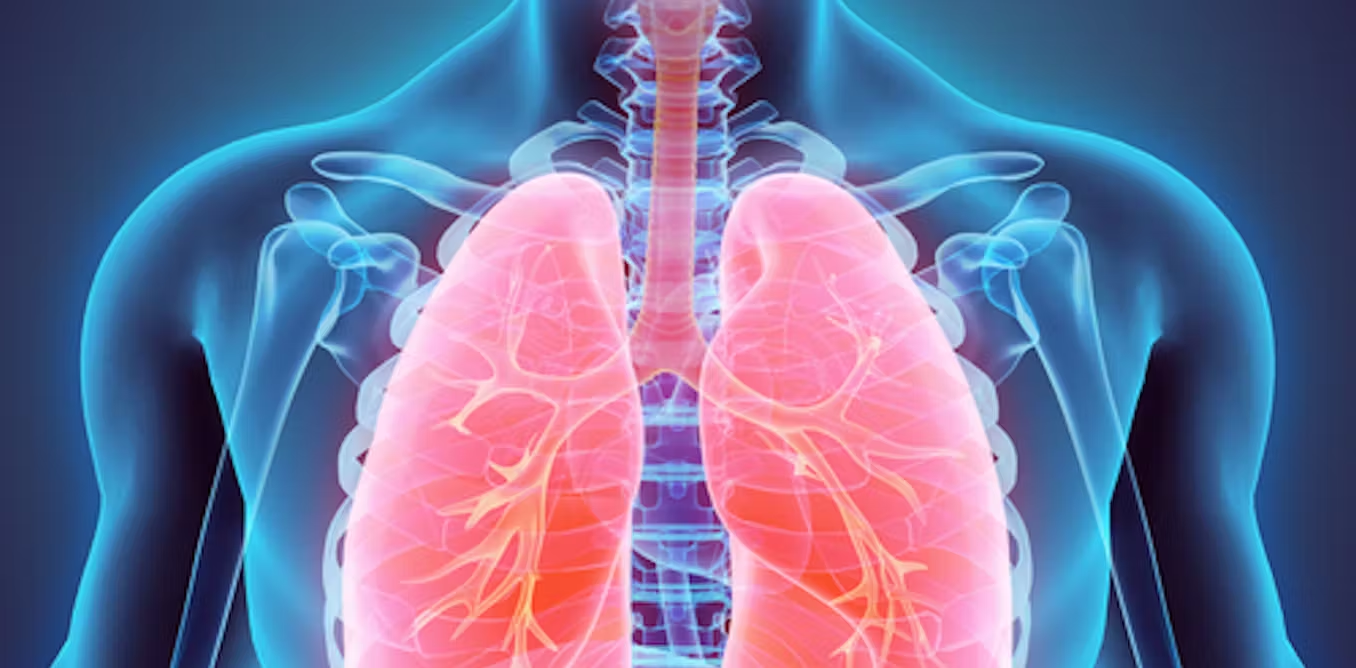innovuscollege.com – Heart attacks, also known as myocardial infarctions, are among the leading causes of death worldwide. They occur when blood flow to the heart is blocked, depriving heart muscle of oxygen and causing tissue damage. Understanding the underlying mechanisms of heart attacks can help in their prevention, early detection, and treatment.
Anatomy of the Heart
The heart is a muscular organ responsible for pumping oxygen-rich blood to the body and oxygen-depleted blood to the lungs. It comprises four chambers—two atria and two ventricles—and is supplied with oxygen and nutrients through the coronary arteries.
These coronary arteries are critical for heart function. When they become narrowed or blocked, the heart muscle can no longer receive adequate oxygen, leading to a heart attack.
Causes of Heart Attacks
1. Atherosclerosis
The most common cause of heart attacks is atherosclerosis, a condition where fatty deposits (plaques) build up on the walls of arteries. These plaques can rupture, triggering the formation of a blood clot that obstructs blood flow.
2. Coronary Artery Spasm
In some cases, a heart attack can occur due to a sudden spasm of a coronary artery. This spasm restricts blood flow, often without any underlying blockage.
3. Other Factors
Rarely, heart attacks may result from blood vessel disorders, trauma, or even a dissection (tearing) of the coronary artery.
The Pathophysiology of a Heart Attack
- Plaque Rupture: The process begins when a plaque in the coronary artery ruptures, exposing its contents to the bloodstream.
- Clot Formation: Platelets in the blood aggregate at the rupture site, forming a clot (thrombus).
- Obstruction of Blood Flow: This clot may partially or completely block blood flow to the heart muscle.
- Ischemia: The lack of oxygenated blood leads to ischemia, causing heart cells to switch to anaerobic metabolism, which is less efficient and produces lactic acid.
- Cell Death: Prolonged ischemia results in the death of heart muscle cells (myocytes), leading to irreversible damage.
Symptoms of a Heart Attack
While symptoms vary, common signs include:
- Chest pain or discomfort (often described as pressure, squeezing, or fullness)
- Pain radiating to the arms, neck, jaw, or back
- Shortness of breath
- Nausea or vomiting
- Cold sweats
- Lightheadedness or dizziness
In some cases, particularly in women, older adults, and diabetics, symptoms may be atypical or subtler.
Risk Factors
Several factors increase the risk of a heart attack, including:
- High blood pressure
- High cholesterol levels
- Smoking
- Diabetes
- Obesity
- Sedentary lifestyle
- Stress
- Family history of heart disease
Diagnosis and Treatment
Diagnosis
Doctors use various tools to diagnose heart attacks:
- Electrocardiogram (ECG): Detects abnormal heart rhythms and patterns.
- Blood Tests: Measures levels of troponin, a protein released during heart muscle damage.
- Imaging: Techniques like coronary angiography visualize blockages in arteries.
Treatment
Prompt treatment is critical to minimize damage. Key interventions include:
- Medications: Aspirin, clot-busting drugs (thrombolytics), and nitroglycerin.
- Angioplasty and Stenting: A procedure to open blocked arteries and place a stent to keep them open.
- Coronary Artery Bypass Surgery: Reroutes blood flow around blocked arteries.
Prevention
Preventing heart attacks involves addressing modifiable risk factors:
- Healthy Diet: Focus on fruits, vegetables, whole grains, and lean proteins.
- Regular Exercise: Aim for at least 150 minutes of moderate aerobic activity weekly.
- Smoking Cessation: Eliminate tobacco use to improve heart health.
- Weight Management: Maintain a healthy weight.
- Stress Management: Practice relaxation techniques to reduce stress.
- Regular Check-Ups: Monitor blood pressure, cholesterol, and blood sugar levels.
Conclusion
Heart attacks are a major global health issue, but understanding their causes and mechanisms provides a foundation for prevention and treatment. With lifestyle changes, timely medical intervention, and advances in science, the impact of this silent killer can be significantly reduced.





